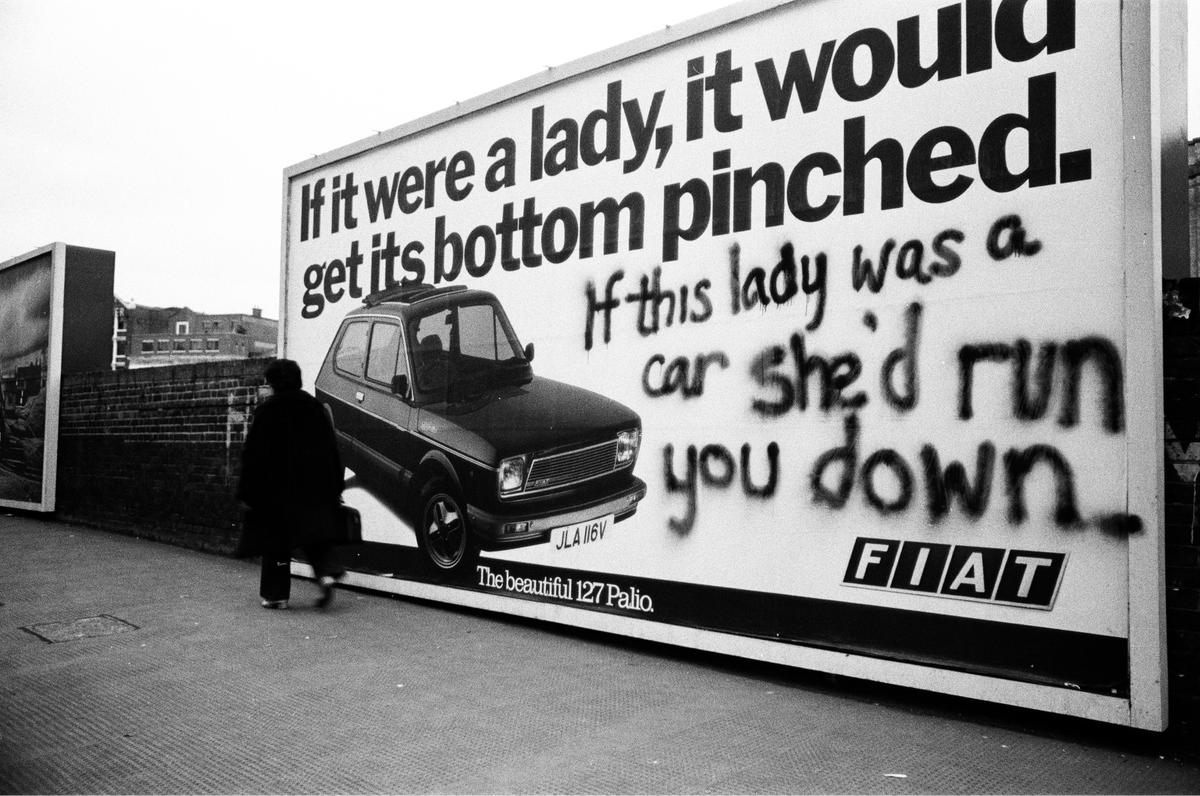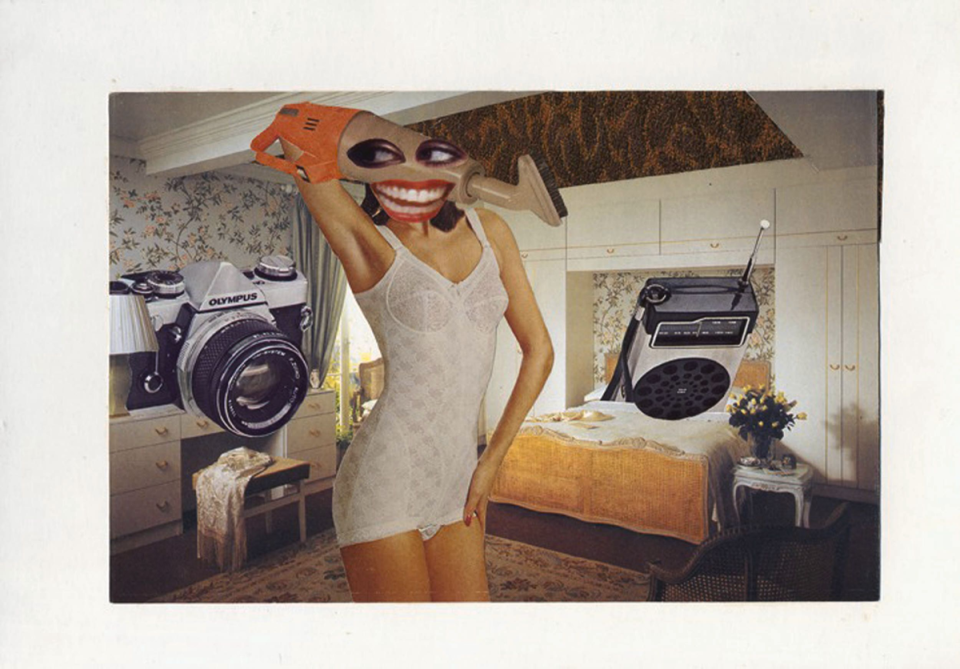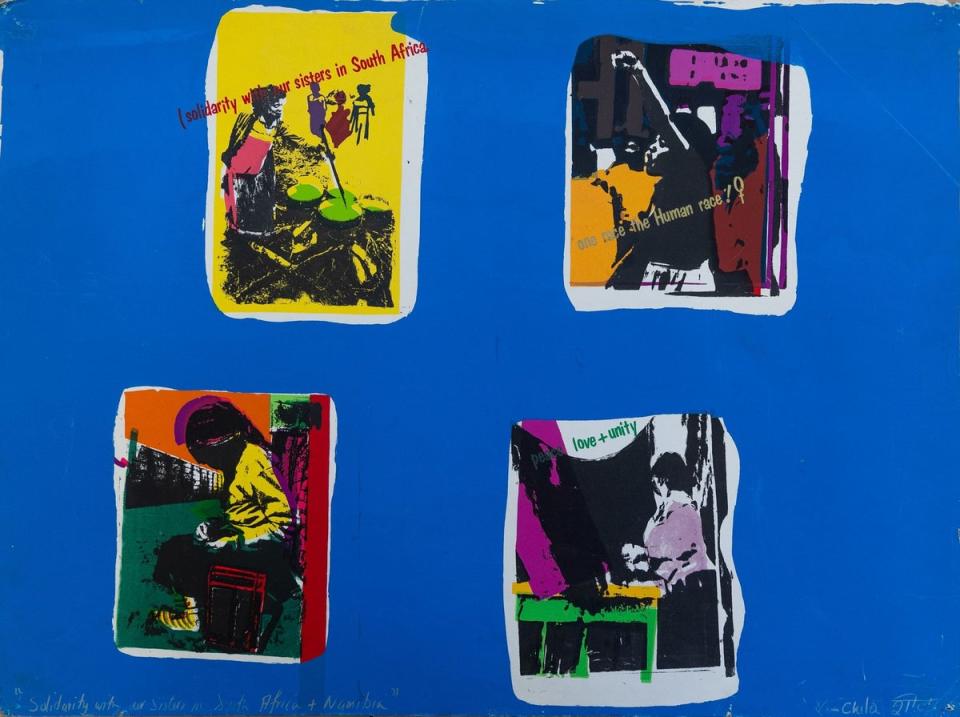Women in Revolt! Art and Activism in the UK, 1970-1990 at Tate Britain review: impossible and brilliant

When Linsey Young, the curator of Tate Britain's new exhibition Women in Revolt!, paid a visit to the artist Margaret Harrison, to ask her to be involved, she was told: “it’s impossible, but that’s no reason not to try.”Women in Revolt! is an enormously complex show. It attempts, through the work of more than 100 individuals and collectives, to grapple with the breadth of feminist art made in Britain between 1970 and 1990. Consequently it contains too much to properly consume within one visit.
It’s uneven, it’s demanding, and it even sprawls out into the garden, where Bobby Baker’s An Edible Family in a Mobile Home creates parents and kids in cake and biscuits, in a domestic space plastered with 1970s comics, newspapers and magazines.
Tate Britain should make every entry a season ticket, to allow multiple viewings. Because you will want to go back: it may be complex but it’s also absorbing, well structured, and often revelatory. Perhaps most importantly, it’s stirring, by turns anger-inducing and life-affirming, and emotionally rich.
You immediately witness the exhibition’s broad scope: Maureen Scott’s realist painting Mother and Child at Breaking Point (1970), with its exasperated yet defiant mother holding a crying child, is adjacent to Chandan Fraser’s documentary photographs capturing the Women's Liberation Conference at Oxford in the same year. Nearby are radical posters by the See Red Workshop and feminist pamphlets and journals.

While the show is not rigidly chronological, you take a fragmented journey through the time period. Each section has a core but loose subject. A compelling room takes a nuanced view of motherhood, with distinct uses of photography, from the conceptual, indexical approach of Susan Hiller, as she documents the growth of her stomach during pregnancy, to Christine Voge’s harrowing reportage at Chiswick Women’s Aid.
Another section looks at artists connected to punk and post-punk countercultures, including Linder, with that magnificent collage made for the Buzzcocks’ Orgasm Addict sleeve, with a naked woman with an iron for a head and smiling nipples.
Perhaps the best rooms are titled Black Woman Time Now, with works by figures connected to the Black Arts Movement and other artists of colour, including the fantastic early drawings of Claudette Johnson, the sculpture-paintings of Lubaina Himid, and Sutapa Biswas’s extraordinary Housewives with Steak Knives, a contemporary version of the Indian deity Kali, who with her multiple hands brandishes a blade, severed male heads, a rose and a flag with reproductions of Artemisia Gentileschi’s paintings of Judith Beheading Holofernes.
In a related video, Biswas criticises the “eurocentricity of feminist discourse”. This reflects the sophistication of the whole endeavour: it leaves scope for critique, for multiple perspectives, and yes, for a certain messiness. In the catalogue Young acknowledges the fact that the Tate, for so long part of what was called “the male artocracy”, didn’t show or collect most of these artists’ works until recently, if at all.

So, Harrison was partly right: it is impossible to make a perfect show on this subject. But not an excellent one.
From Wednesday November 8 to April 7; tate.org.uk

 Yahoo News
Yahoo News 
